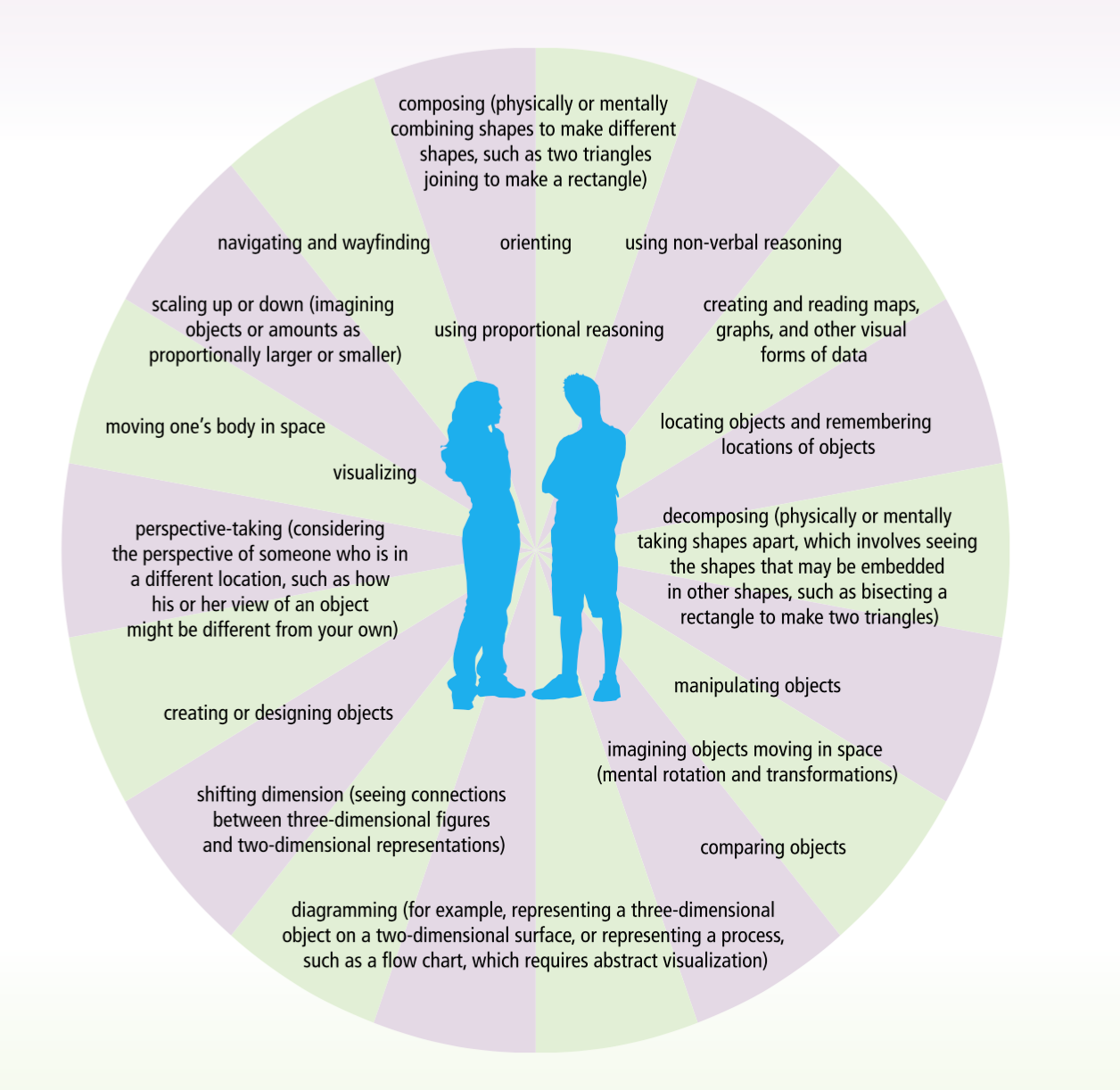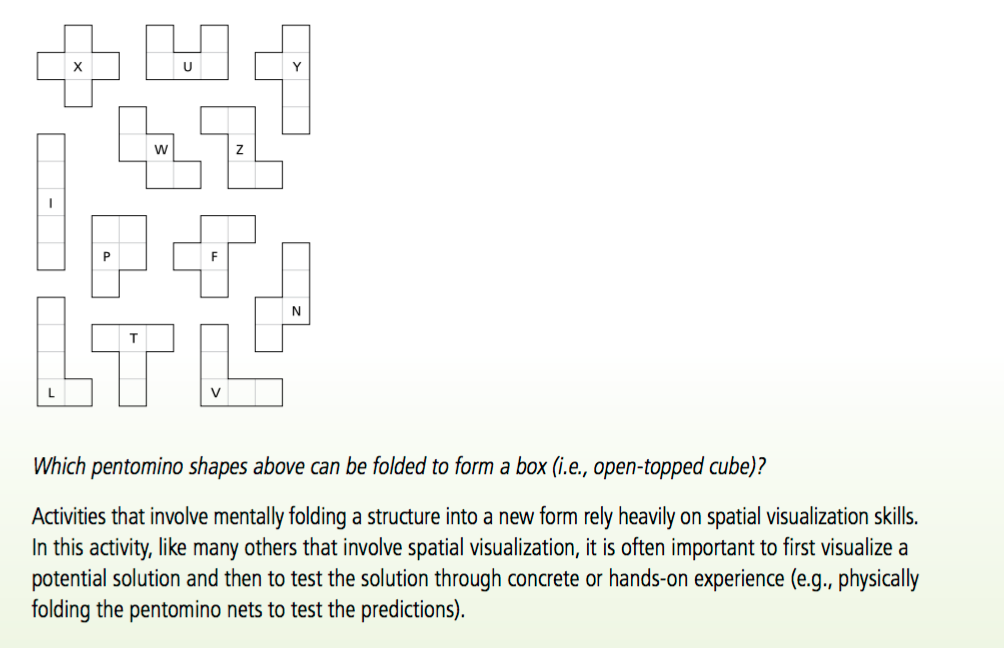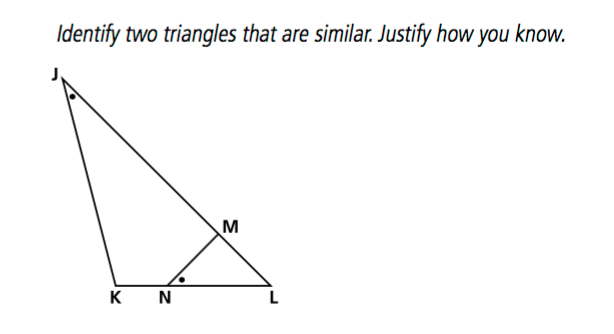When we think of supporting our children with math, we tend to focus on number sense - understanding numbers and basic operations (addition, subtraction, multiplication and division), but have you ever thought about working on spatial reasoning?
Spatial reasoning involves thinking about the locations and movements of objects and ourselves, both physically and mentally, in space. Developing these skills has been shown to play a significant role in future math achievement. Working on spatial reasoning helps children find multiple entry points into math problems, see math visually and develops the skills necessary for success in many STEM careers. The neat thing is spatial reasoning is malleable and can be improved with education and experience!
Spatial reasoning can involve:

Paying Attention to Spatial Reasoning pg. 4
Physical activity is a great way to help children develop their spatial reasoning skills. Here are some other activities to support spatial reasoning:
Primary
Puzzles and blocks are wonderful ways to help children develop their spatial reasoning abilities. While they engage in these activities, provide them with spatial language to support their learning (e.g., circle, triangle, tall, tiny, edge, side, line, between, into, forward).
Junior

Paying Attention to Spatial Reasoning pg. 10
Intermediate


Paying Attention to Spatial Reasoning pg. 18
To find out what your child will learn in math this year or to find other fun activities that you can do together as a family, please visit our Math page. Be sure to also try our Problem of the Month